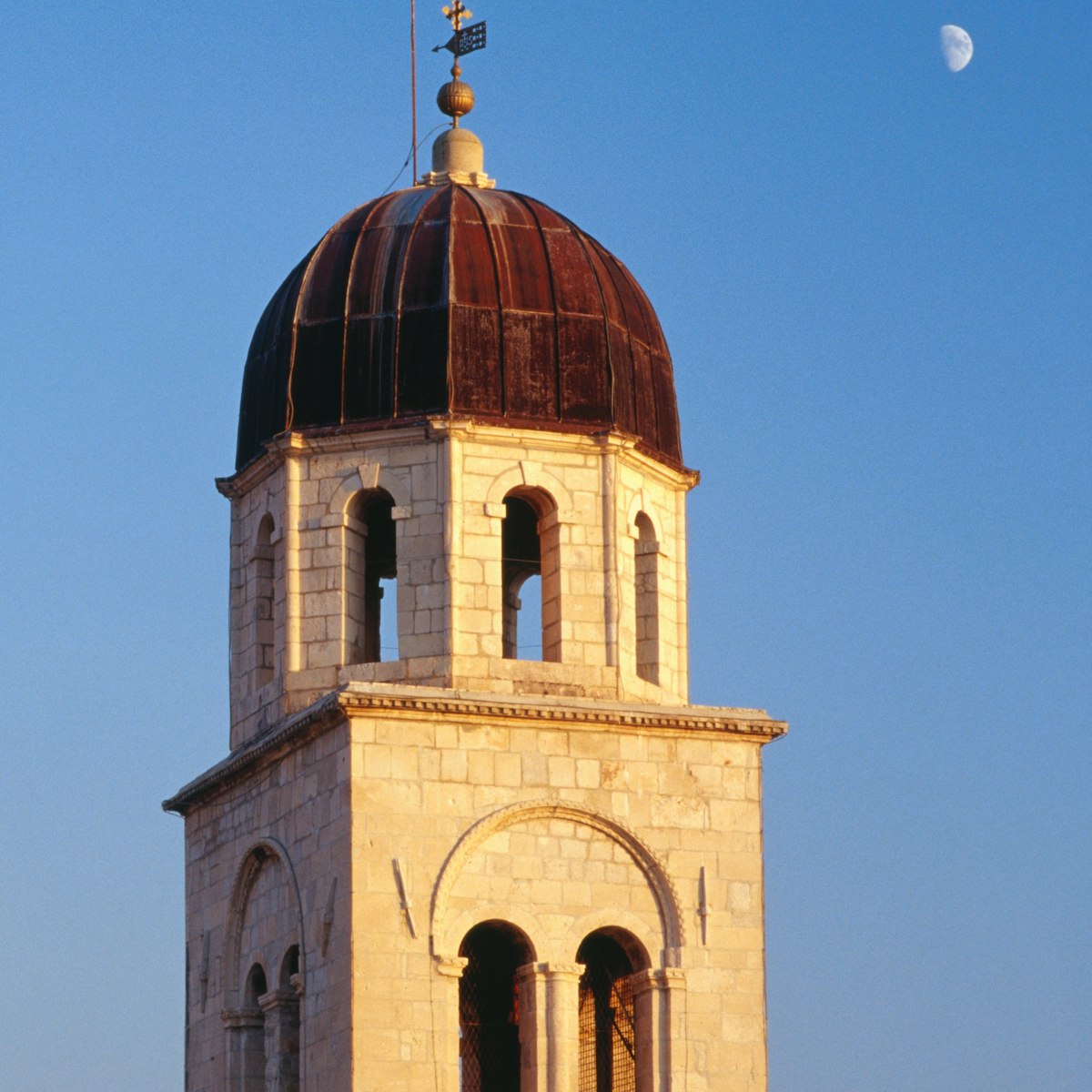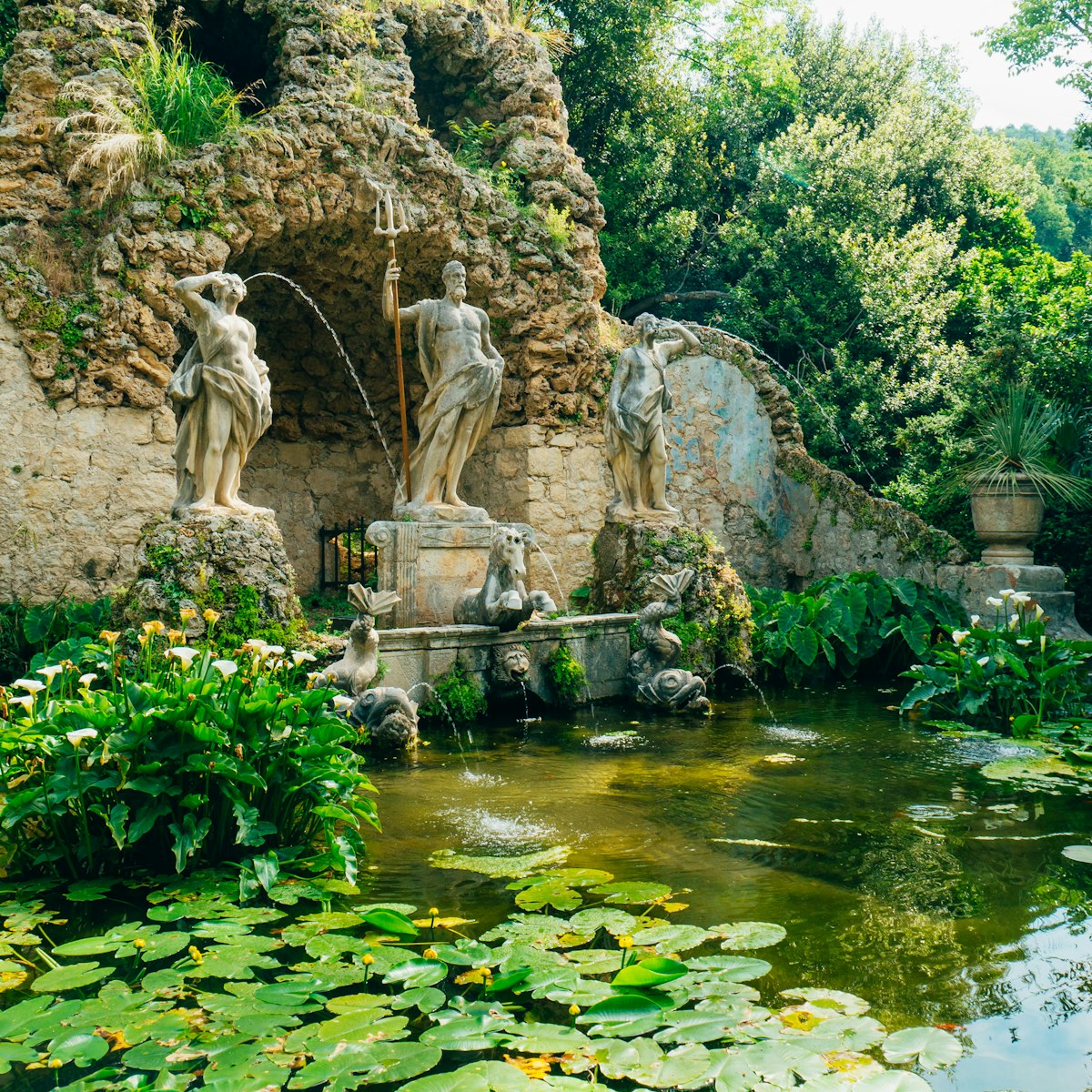Built in the late 15th century for the elected rector who governed Dubrovnik, this Gothic-Renaissance palace contains the rector’s office and private chambers, public halls, administrative offices and a dungeon. During his one-month term the rector was unable to leave the building without the permission of the senate. Today the palace has been turned into the Cultural History Museum, with artfully restored rooms, portraits, coats of arms and coins, evoking the glorious history of Ragusa.
The building retains a striking compositional unity despite being rebuilt many times. Notice the finely carved capitals on the exterior columns and the ornate staircase in the atrium, which is often used for concerts during the Summer Festival. Also in the atrium is a statue of Miho Pracat, who bequeathed his wealth to the Republic and was the only commoner in the 1000 years of the Republic’s existence to be honoured with a statue (1638). We may assume that the bequest was considerable.







